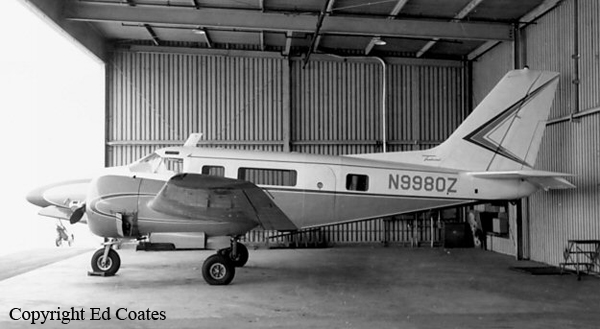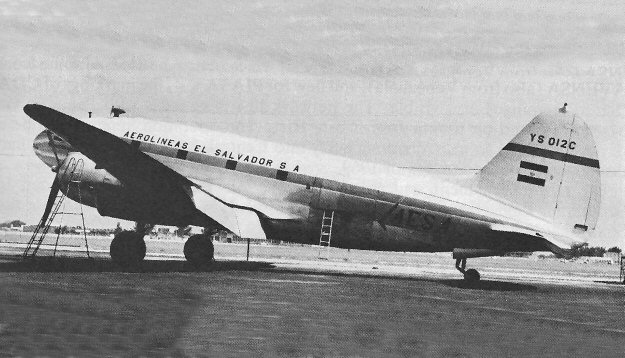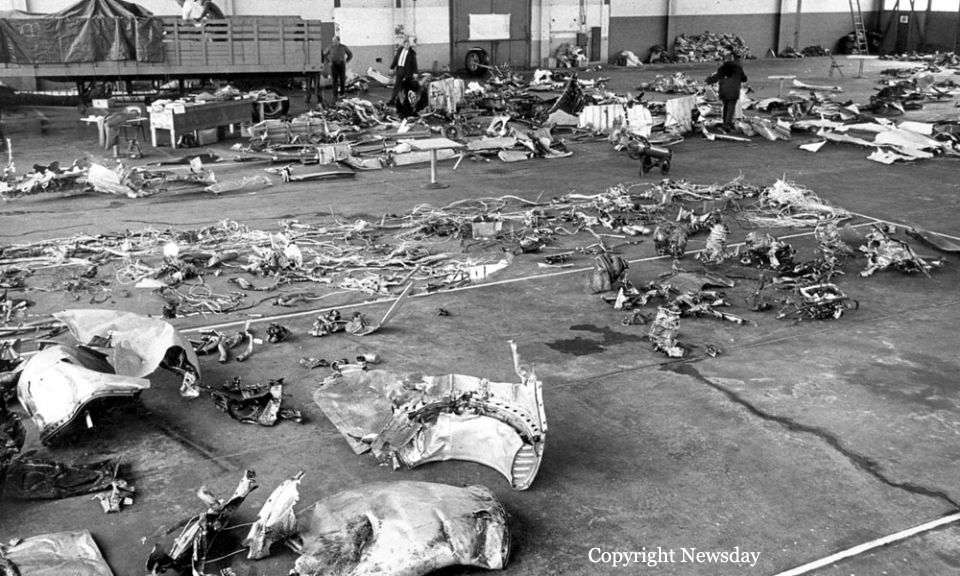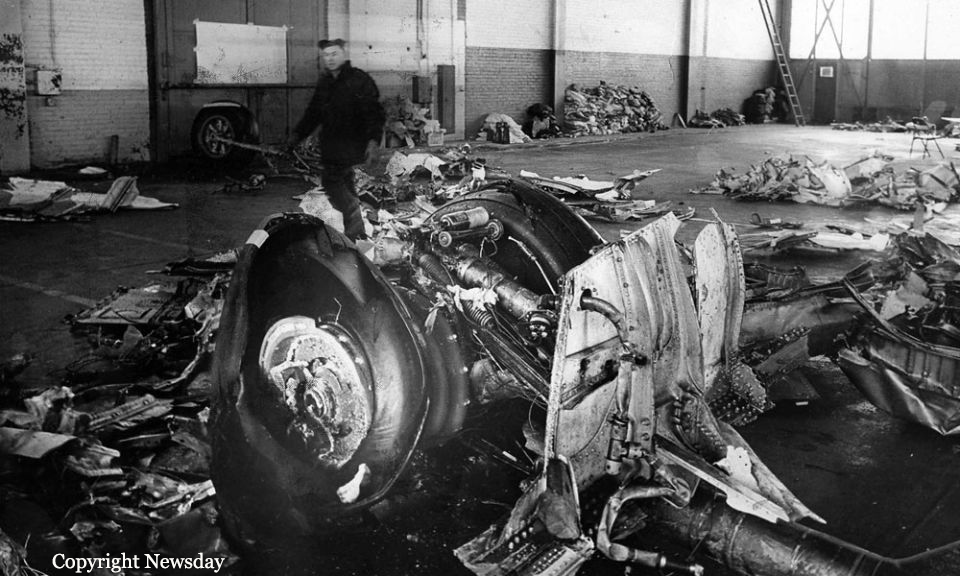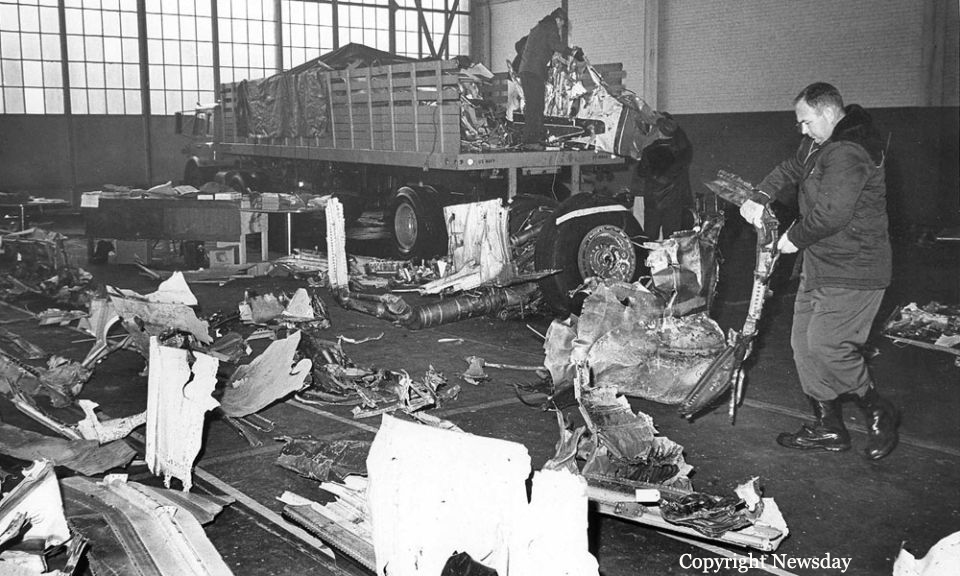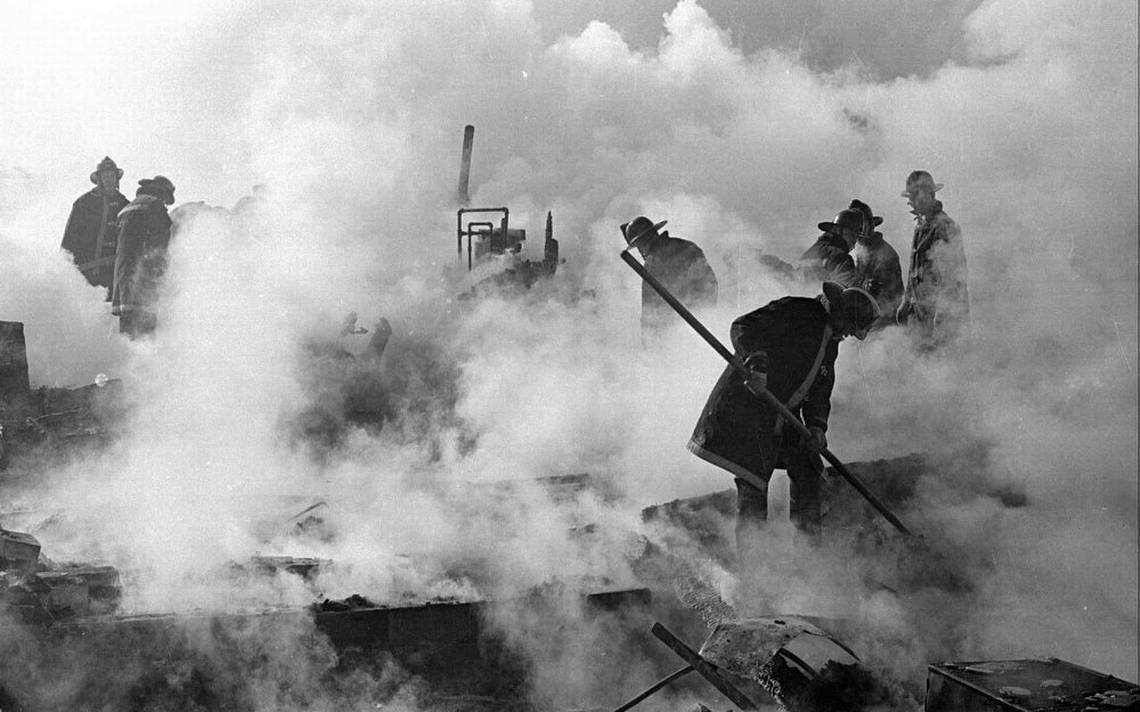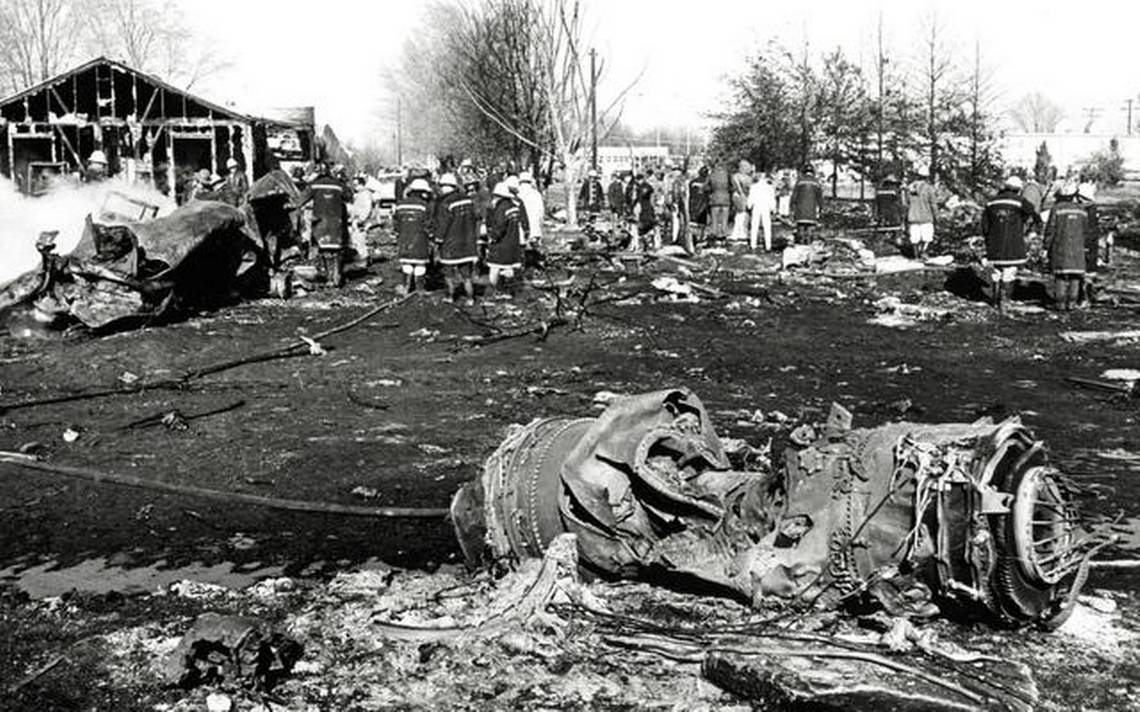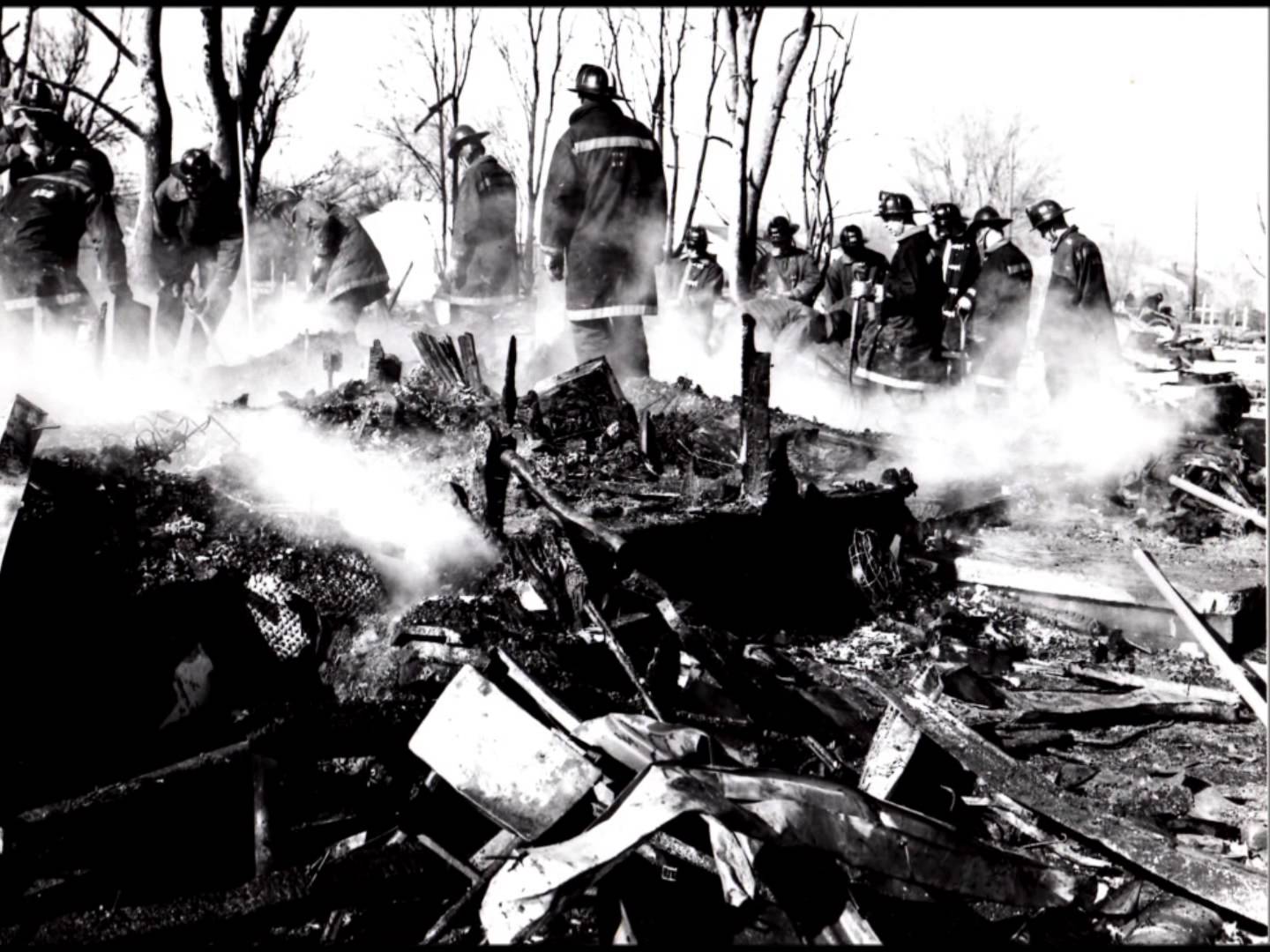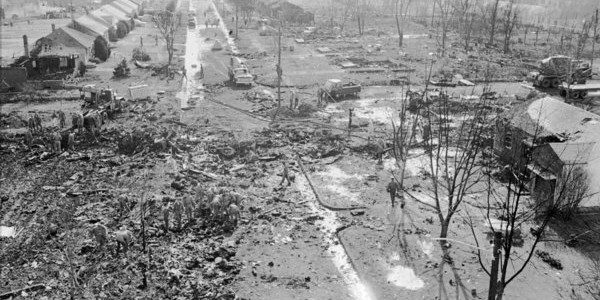Crash of a Beechcraft E18S in Bridgeport: 4 killed
Date & Time:
Mar 10, 1965 at 0821 LT
Registration:
N844K
Survivors:
No
MSN:
BA-207
YOM:
1956
Crew on board:
2
Crew fatalities:
Pax on board:
2
Pax fatalities:
Other fatalities:
Total fatalities:
4
Captain / Total hours on type:
1069.00
Circumstances:
Shortly after takeoff from Bridgeport Airport, while climbing in heavy snow falls, the twin engine airplane went out of control and crashed in a huge explosion in a snow covered field. The aircraft was totally destroyed and all four occupants were killed.
Probable cause:
The exact cause of the accident could not be determined with certainty. However, it is reported the accident occurred in very bad weather conditions with snowstorm. With icing conditions including sleet, freezing rain, etc, the weather conditions were conducive to carburetor/induction system icing.
Final Report:


